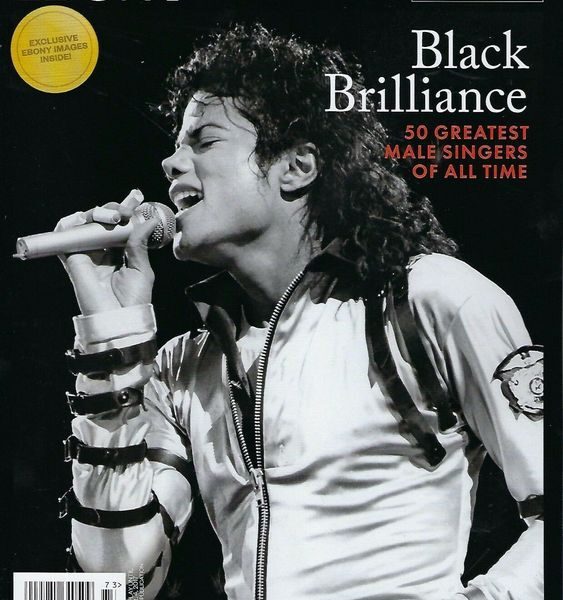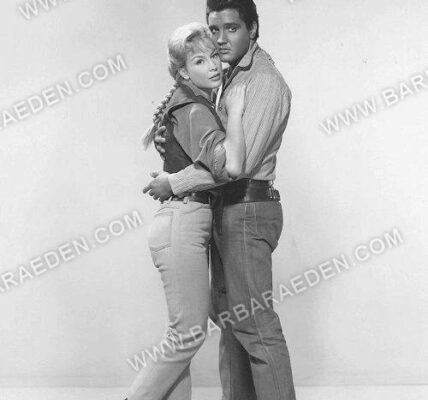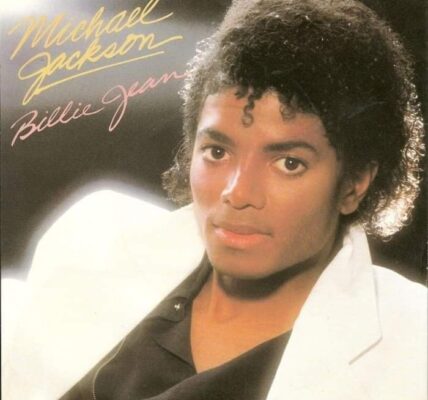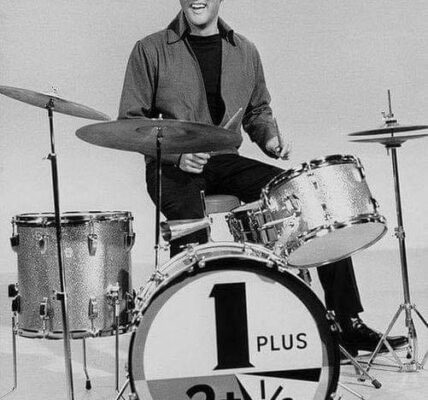Michael Jackson, the King of Pop, not only revolutionized music and dance but also transformed the way artists use media to build their brand. His magazine covers, often iconic and groundbreaking, played a pivotal role in crafting his public image and solidifying his status as a global superstar. Here, we explore the top five magazine cover appearances that made Michael Jackson’s brand shine brighter than ever.
1. Rolling Stone (February 17, 1983)
In 1983, Michael Jackson graced the cover of Rolling Stone, cementing his status as a pop icon. The cover, featuring a confident and stylish Jackson in his signature leather jacket, coincided with the peak of his “Thriller” era. This appearance not only highlighted his musical genius but also showcased his growing influence in the fashion world. The accompanying article delved into his creative process and the making of the “Thriller” album, giving fans an intimate look at the man behind the music.
The “Thriller” album was more than just a collection of songs; it was a cultural milestone that redefined the music video format and broke racial barriers on MTV. Rolling Stone’s coverage emphasized Jackson’s innovative approach to his craft, from the groundbreaking choreography in the “Thriller” music video to his meticulous attention to detail in the studio. This cover immortalized Jackson as not just a performer, but a visionary artist shaping the future of pop music.
2. Time (March 19, 1984)
Michael Jackson’s appearance on the cover of Time magazine in 1984 marked a significant moment in his career. With the headline “Why He’s a Thriller,” the cover celebrated Jackson’s unprecedented success with the “Thriller” album, which had already become the best-selling album of all time. This cover solidified Jackson’s place in history, portraying him as a cultural phenomenon and highlighting his contributions to music, dance, and entertainment.
Time’s cover story went beyond his musical achievements, delving into Jackson’s influence on global pop culture and his role as a trailblazer for African American artists. The article explored his philanthropic efforts, his unique fashion sense, and his ability to connect with audiences worldwide. By featuring Jackson, Time acknowledged his impact on a broader societal level, cementing his legacy as an icon of not just music, but of cultural transformation.
3. Vanity Fair (November 1989)
The November 1989 issue of Vanity Fair featured Michael Jackson in a striking and ethereal portrait, captured by renowned photographer Annie Leibovitz. This cover marked a departure from his previous, more straightforward images, showcasing Jackson’s evolving artistry and mystique. The accompanying article explored his life, his struggles with fame, and his commitment to his craft. This cover not only enhanced his enigmatic persona but also reinforced his status as a trailblazer in the entertainment industry.
Leibovitz’s portrait captured the duality of Jackson’s public and private personas, presenting him as both an untouchable star and a deeply introspective individual. Vanity Fair’s in-depth profile offered readers a rare glimpse into Jackson’s personal life, his creative inspirations, and his unwavering dedication to his art. This cover and story solidified Jackson’s position as a complex and multifaceted figure in the public eye.
4. Ebony (December 1991)
Michael Jackson’s cover appearance on Ebony in December 1991 was a celebration of his enduring influence on the African American community and the music industry at large. The cover, featuring a charismatic Jackson in a regal pose, coincided with the release of his “Dangerous” album. Ebony’s in-depth article highlighted his philanthropic efforts, his dedication to social justice, and his impact on popular culture. This cover reinforced Jackson’s role as a pioneer and a positive force for change.
The “Dangerous” era marked a period of significant growth for Jackson as he continued to push artistic boundaries and address social issues through his music. Ebony’s feature emphasized Jackson’s commitment to humanitarian causes, from his Heal the World Foundation to his support for various children’s charities. By focusing on his contributions beyond music, Ebony showcased Jackson as a role model and leader within the African American community and beyond.
5. Interview (October 1999)
In October 1999, Michael Jackson appeared on the cover of Interview magazine, showcasing a more introspective and artistic side of the pop legend. The cover, shot by famed photographer David LaChapelle, presented Jackson in a surreal and dreamlike setting, reflecting his complex personality and creative vision. The interview delved into his thoughts on fame, his artistic inspirations, and his plans for the future. This cover not only highlighted Jackson’s versatility as an artist but also reaffirmed his position as an innovator in the world of entertainment.
LaChapelle’s imaginative and avant-garde photography captured Jackson in a way that was both familiar and entirely new, offering a fresh perspective on the iconic star. The interview revealed Jackson’s deep passion for his craft, his philosophical musings on life and creativity, and his hopes for his legacy. This cover and accompanying story provided fans and readers with a nuanced understanding of Jackson’s artistry and his relentless pursuit of excellence.
Conclusion
Michael Jackson’s magazine cover appearances were more than just promotional tools; they were integral to shaping his brand and legacy. Each cover told a unique story, capturing different facets of his personality and career. From his early days as a pop sensation to his later years as a cultural icon, these covers played a crucial role in solidifying Michael Jackson’s place in history. As we look back at these iconic moments, it’s clear that Michael Jackson’s influence extends far beyond his music, leaving an indelible mark on the world of media and branding.
His ability to captivate and inspire through visual media, combined with his musical genius, made Michael Jackson a true pioneer in the entertainment industry. These five magazine covers, among many others, serve as timeless reminders of his extraordinary impact and the enduring legacy of the King of Pop.




